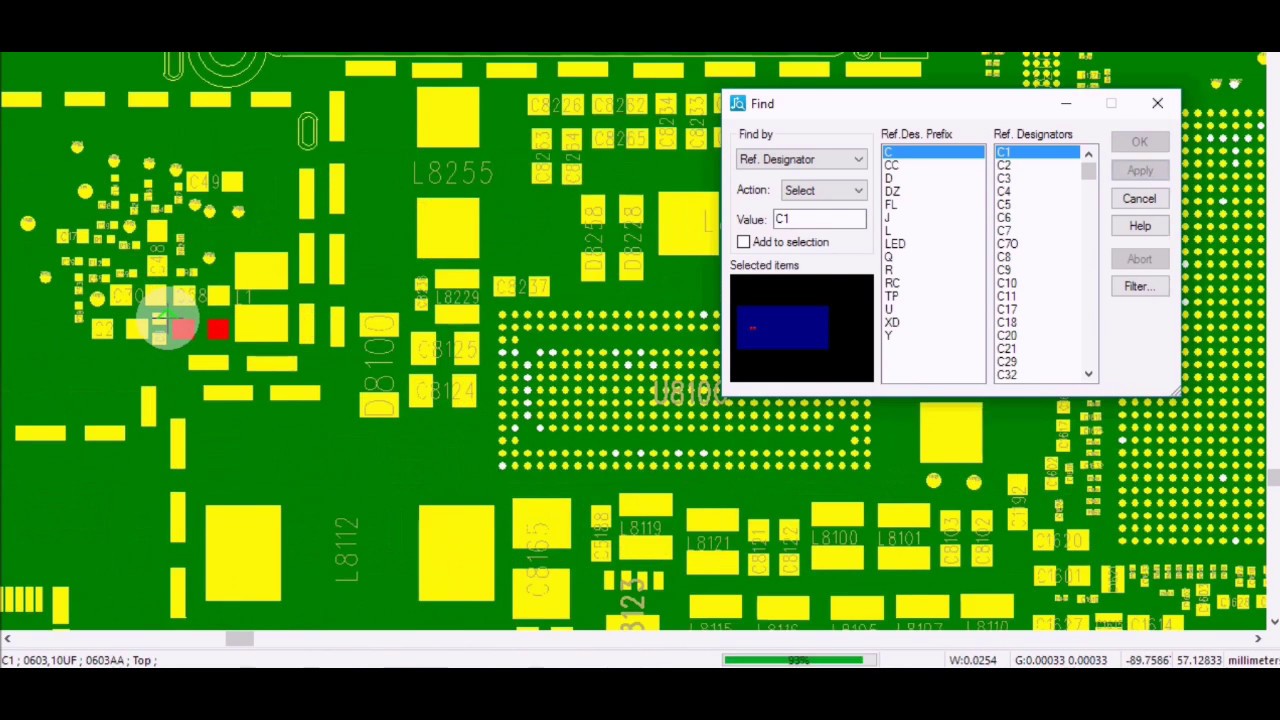

Another school of thought refuses to bend the excessive leads of components and use them for wiring, on the grounds that this makes removing a component later hard or impossible, e.g. into position, trimming off extra length, and soldering the lead to make the required electrical connection. This is done by bending the existing leads on resistors, capacitors, etc. One school of thought is to make as many connections as possible without adding extra wire. Next, electrical connections are made as called for in the layout. Once the layout is finalized, the components are soldered in their designated locations, paying attention to orientation of polarized parts such as electrolytic capacitors, diodes, and integrated circuits. When routing the connections more than 2 copper layers can be used, as multiple overlaps are not a problem for insulated wires. In this case, the designer positions the components so all leads fall on intersections of a 0.1 inches (2.54 mm) grid.
#Pads viewer grid off software
Software for PCB layout can often be used to generate perfboard layouts as well. Small scale prototypes, however, are often built ad hoc, using an oversized perfboard. Perfboard is not designed for prototyping surface mount devices.īefore building a circuit on perfboard, the locations of the components and connections are typically planned in detail on paper or with software tools. The 0.1 inches (2.54 mm) grid system accommodates integrated circuits in DIP packages and many other types of through-hole components. The substrate is typically made of paper laminated with phenolic resin (such as FR-2) or a fiberglass-reinforced epoxy laminate ( FR-4). Discrete components are soldered to the prototype board such as resistors, capacitors, and integrated circuits. Since each pad is electrically isolated, the builder makes all connections with either wire wrap or miniature point to point wiring techniques. Inexpensive perfboard may have pads on only one side of the board, while better quality perfboard can have pads on both sides ( plate-through holes). These holes are ringed by round or square copper pads, though bare boards are also available.

It is a thin, rigid sheet with holes pre-drilled at standard intervals across a grid, usually a square grid of 0.1 inches (2.54 mm) spacing. Perfboard is a material for prototyping electronic circuits (also called DOT PCB). Top of a copper clad Perfboard with solder pads for each hole.


 0 kommentar(er)
0 kommentar(er)
